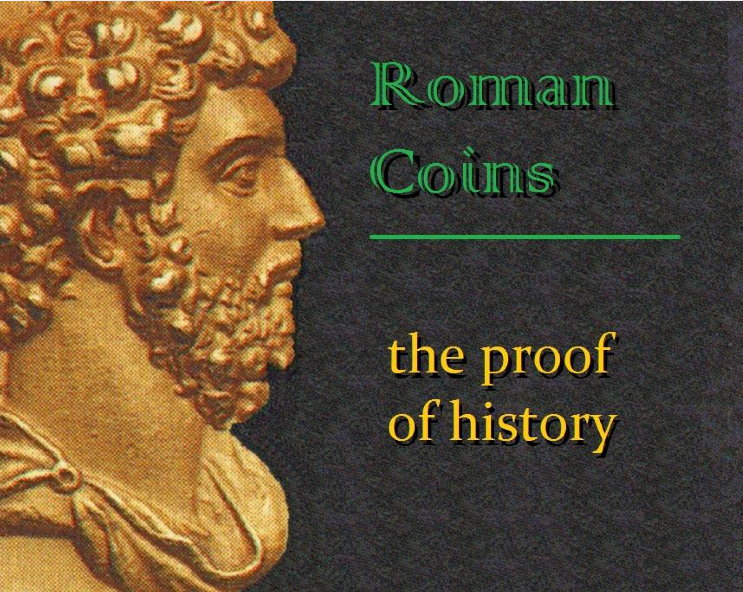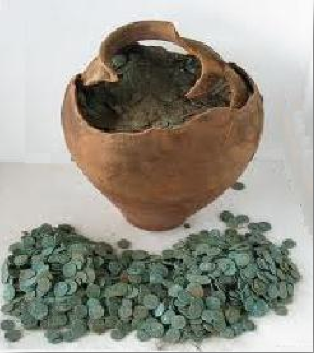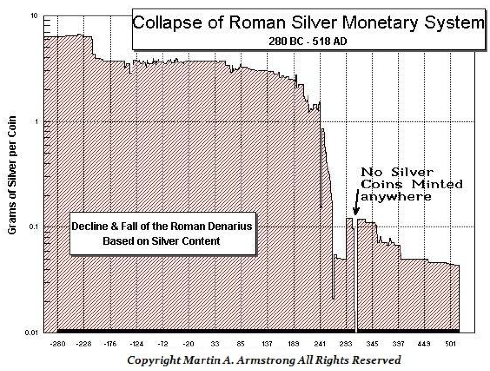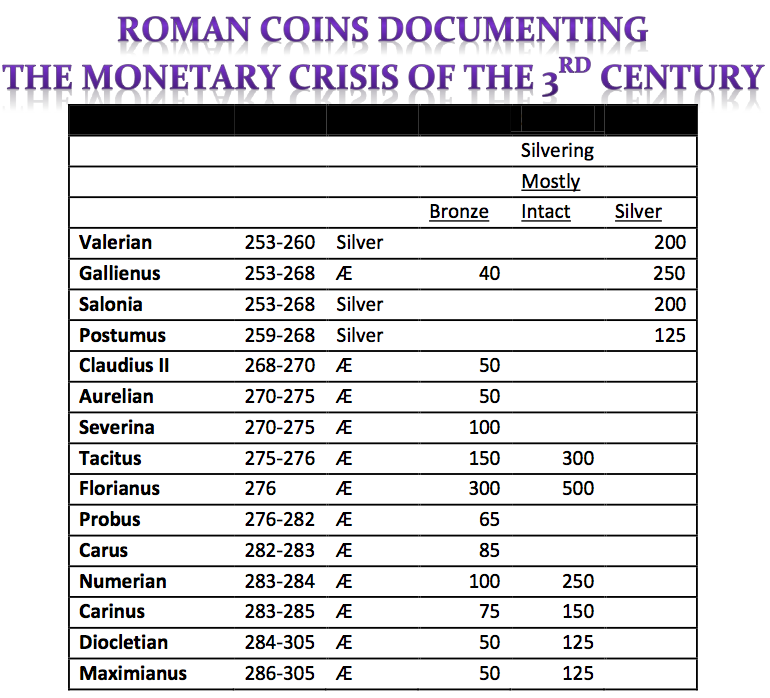
Martin Armstrong is offering you an opportunity to buy ancient Roman Coins:


The response to the offering of Roman Coins was simply overwhelming. So many people have written asking how they can buy Roman Coins and others realizing these are from the 3rd Century have asked are there examples available documenting the collapse of the monetary system? I have contacted some old friends with respect to making available a selection of Roman coins of this 3rd Century period for those interested in owning a piece of real live history and/or demonstrating the Monetary Crisis that led to the fall of Rome from a hoard of Roman coins.

Because of the turmoil of the 3rd Century and precisely the dangers we face today as government goes after citizens hunting down their wealth to confiscate to sustain their existence, what happens is they cause capital to hoard reducing the VELOCITY of money. Hoards of Roman coins of earlier chaotic periods exist, although much fewer in number. Consequently, the earlier coins tend to be much rarer. As shown above, here are two gold coins from the Post-Caesarian Civil War period (44-42BC) that followed the assassination of Julius Caesar. In the case of Brutus, a non-portrait silver denarius would bring generally $2,000-$5,000 where a silver EID MAR (bragging he killed Caesar) would be $25,000-$100,000. There are only two gold EID MAR (Ides of March) coins and these today would bring more than $1 million. The gold Ahenobarbus (supporter of Brutus) would bring well over $50,000 today.
Hoards of the 3rd Century are far more common. Pots with up to 50,000 coins have been discovered, but of course the condition is often well corroded making such coins worth perhaps $10 simply because they are a relic of the past and a piece of history. Silver and gold coins endure through the ages much better than bronze. Thus, condition of coins during the 3rd century does help to reduce the supply of decent well preserved coins in proportion to the bulk that are found over time.
Consequently, those asking the question: Is it possible to obtain coins showing the drastic collapse in silver content of the 3rd Century? This collapse took place during the reign following Valerian I (253- 260AD) who was captured by the Parthians (Persians) and stuffed as a wild animal trophy upon his death. His son, Gallienus (253-268AD) made no effort to rescue his father and the economic collapse thereafter is easily seen in the coinage. So the answer is yes! I have made arrangements for those seeking such an example of the Monetary Crisis of the 3rd Century.
This is an accommodation – not a business


The quality of these coins is virtually Extremely Fine without corrosion. All names are legible. These are the selected quality from the hoard and and are not the typical low grade junk often sold. This provides a good sampling of this period (minus the extreme rarities) that have survived thanks to the tremendous economic upheavals of the times that led people to burry their wealth.
Set of 15 one average coin of the above non-corroded, Very Fine condition all readable $595 (suitable for non-collectors)
Set of 16 above with (2) Gallienus (Silver/Bronze) Extremely Fine Top Grade all readable $2450.00 (with silvering largely intact where noted)
Prices include shipping. Payment is acceptable at: ArmstrongEconomics@HotMail.COM” data-mce-href=”mailto:ArmstrongEconomics@HotMail.COM“>ArmstrongEconomics@HotMail.COM
Or checks may be send to:
Armstrong Economics
Two Penn Center – 1500 JFK Blvd, Suite 200 – Philadelphia, Pa 19102












